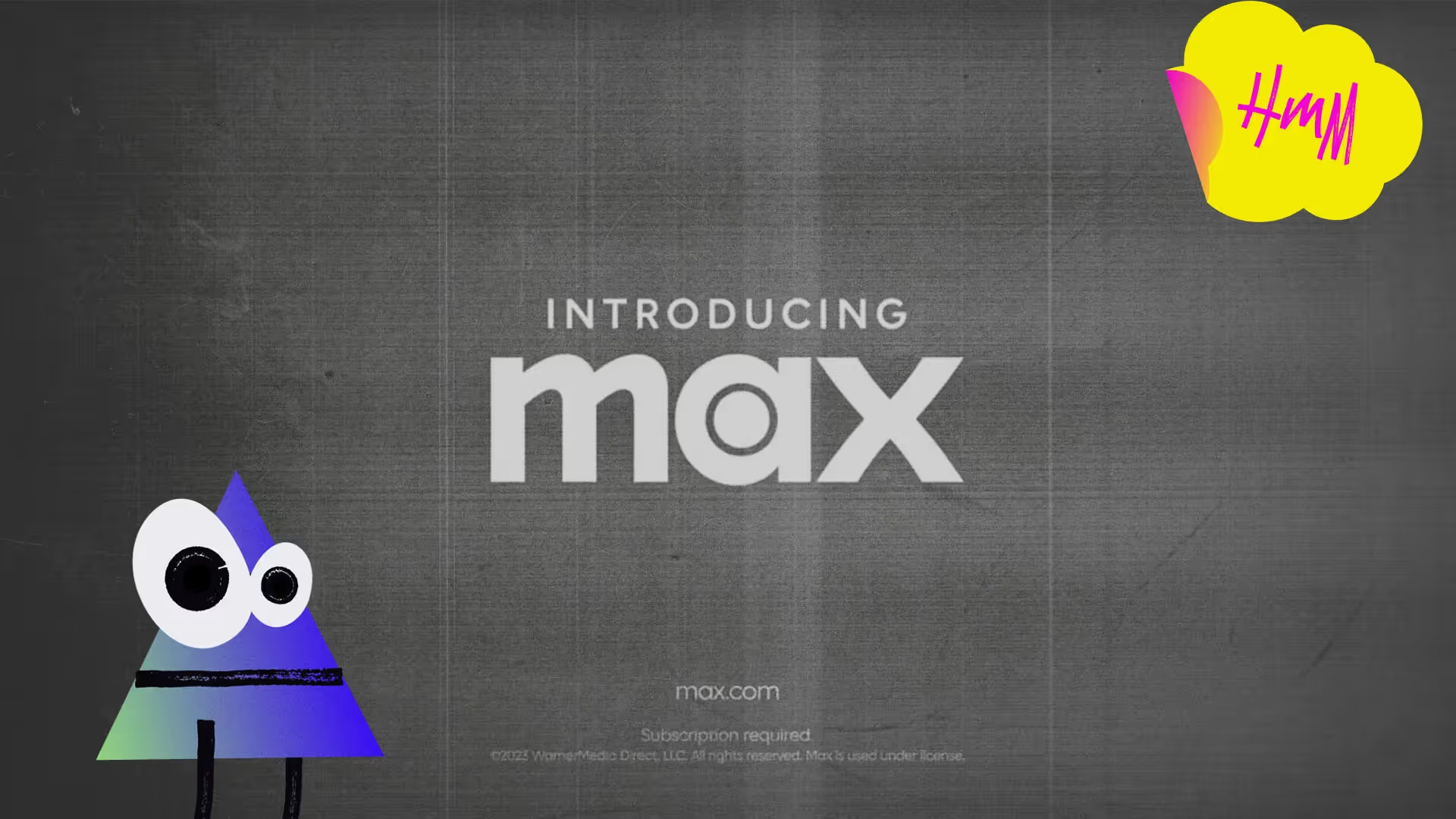The Track
A Section Blog

Most leaders are thinking about AI all wrong

ChatGPT Canvas: OpenAI's Trojan Horse for Enterprise Domination
If you missed the launch of ChatGPT's Canvas feature, don’t be surprised – its launch didn't generate the usual hype. But Canvas offers an interesting glimpse into the future of OpenAI's strategic direction.

How I use AI to help my boss prepare for board meetings
We’re not shy about sharing our favorite AI use case: Leveraging it as a thought partner. But not all LLMs are created equally – so Section’s Chief of Staff to the COO, Ana, is sharing how they rank as thought partners for one of her most strategic use cases: Preparing the quarterly board deck.

The hidden reasons you’re not using AI every day
We’ve been taught all our lives to value original ideas and hard work, but using AI challenges these principles. But you have to get over this thinking, because your CEO already has.

Meet your professor: Emerging tech and AI consultant, Elizabeth Shaw
Elizabeth Shaw has worked in emerging tech for nearly 25 years at companies including Gartner, Sephora, and Forrester. Now, she’s your new guest lecturer in Section’s AI Crash Course.

Why did HBO Max rebrand to Max? 4 insights
The internet responded to the HBO Max rebrand with an overwhelming, "Why?" So we dug in to find out the strategy behind their confusing move.

How Cascade took on its biggest competitor: the sink
Want to attack your real competition instead of the company down the road no one knows about? Learn how Cascade depositioned their number one competitor: the sink.

Most leaders are thinking about AI all wrong
2026 is 60 short days away, so here’s the wake up call you need: you’re still thinking about AI through the lens of software, and the survival of your company depends on you shifting that mindset.

Squishy vs. hard ROI: Why leaders need both
One of the hardest parts of AI ROI is figuring out how to report qualitative wins to execs who want quantitative reports. At our AI:ROI Conference, Michael Domanic shared the framework for approaching these two disparate kinds of ROI.









